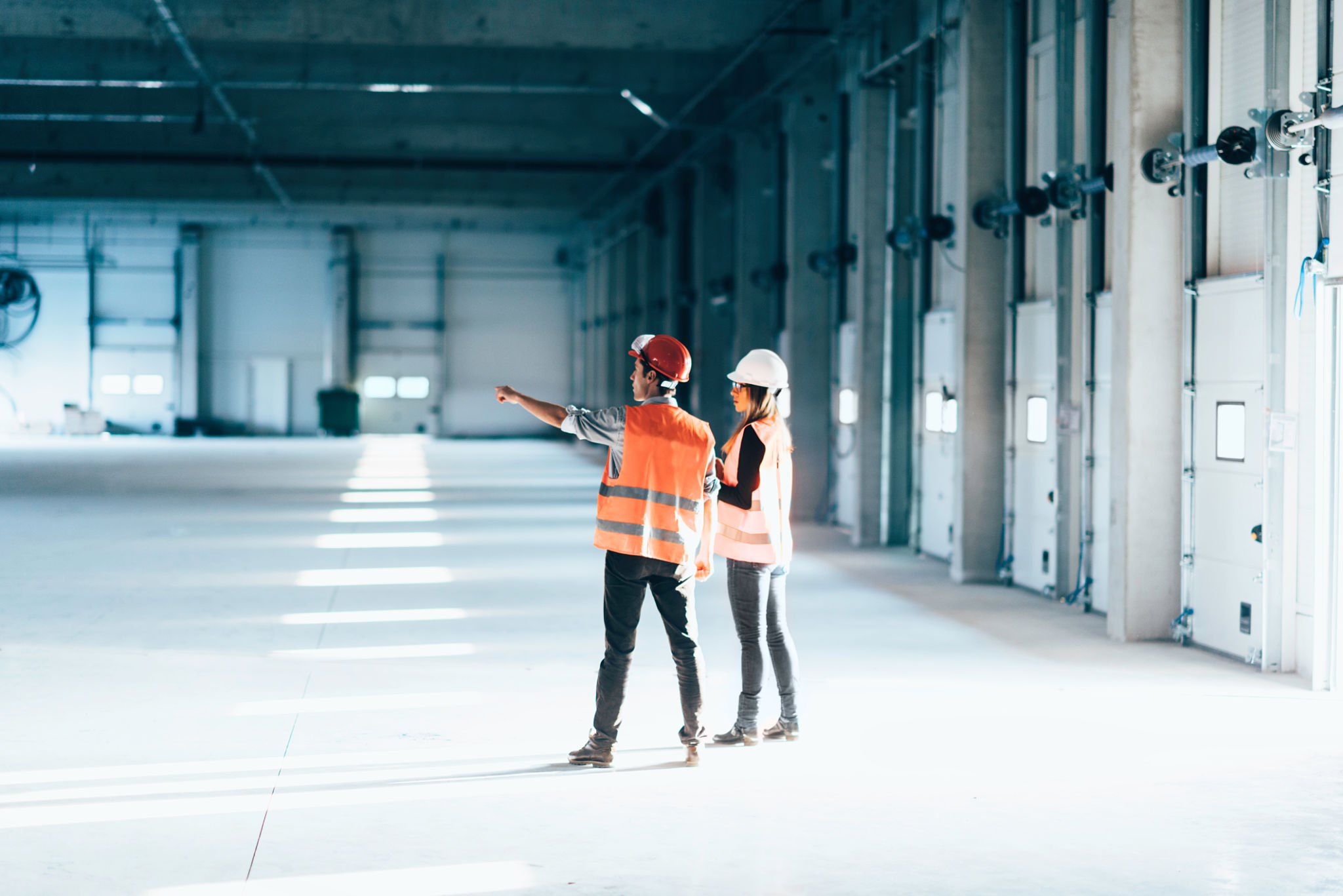Understanding SB 4-D Compliance: What It Means for Florida High-Rises
Understanding SB 4-D Compliance: What It Means for Florida High-Rises
In recent years, Florida has taken significant strides to ensure the safety and stability of its high-rise buildings. This move comes in the wake of several tragic incidents that highlighted the vulnerabilities within existing structures. The introduction of SB 4-D is a critical step in this direction. Understanding what SB 4-D compliance entails is crucial for building owners, managers, and residents across the state.

What Is SB 4-D?
SB 4-D is a legislative measure designed to enhance building safety standards for high-rise residential properties in Florida. This bill specifically targets buildings that are three stories or higher and focuses on essential structural and life-safety requirements. By establishing more stringent inspection protocols and maintenance guidelines, SB 4-D aims to prevent disasters before they occur.
The law mandates regular inspections, increased transparency, and comprehensive documentation of building conditions. Owners and associations are required to address any identified issues promptly to maintain compliance and ensure resident safety.
Key Compliance Requirements
Compliance with SB 4-D involves several important steps:
- Structural Inspections: Regular structural integrity assessments must be conducted by certified engineers.
- Documentation: Detailed records of inspections and maintenance activities must be maintained and made available to authorities.
- Transparency: Residents must be informed about the findings of inspections and any remedial actions being taken.

Impact on Property Owners and Associations
The implications of SB 4-D are far-reaching for property owners and homeowners associations (HOAs). Compliance can be resource-intensive, requiring financial investment in inspections, repairs, and ongoing maintenance. However, it also provides an opportunity to enhance property value by ensuring that buildings meet higher safety standards.
HOAs play a crucial role in facilitating compliance by coordinating inspections and managing communication with residents. They must also ensure that any necessary repairs are carried out promptly to avoid penalties or legal complications.
Benefits of SB 4-D Compliance
While meeting the requirements of SB 4-D may seem daunting, the benefits are substantial. By adhering to these regulations, property owners can significantly reduce the risk of structural failures and improve overall building safety. This not only protects residents but also enhances the reputation of the property, potentially attracting more prospective buyers or renters.

Moreover, proactive compliance can lead to lower insurance premiums as insurers recognize the reduced risk associated with well-maintained buildings. Ultimately, investing in compliance today can result in long-term savings and peace of mind for all stakeholders involved.
Challenges in Implementation
Implementing SB 4-D compliance can present challenges, especially for older buildings that may not have been regularly maintained. Addressing deferred maintenance issues can be costly and time-consuming, requiring careful planning and budgeting. Additionally, finding qualified professionals to conduct thorough inspections can be a challenge due to high demand.
However, with the right approach and commitment to safety, these challenges can be overcome. Engaging experienced contractors, engineers, and legal advisors can streamline the process and ensure that all aspects of compliance are addressed effectively.
The Future of Building Safety in Florida
SB 4-D represents a significant shift towards prioritizing safety and resilience in Florida’s high-rise structures. As more buildings comply with these regulations, the overall safety landscape of the state will improve. This legislative effort underscores a broader commitment to safeguarding lives and property against potential hazards.

For residents, property owners, and associations, understanding and implementing SB 4-D is more than just a legal obligation—it's a step towards creating safer communities. By embracing these changes, Florida is setting a precedent for other states to follow in ensuring building safety nationwide.
